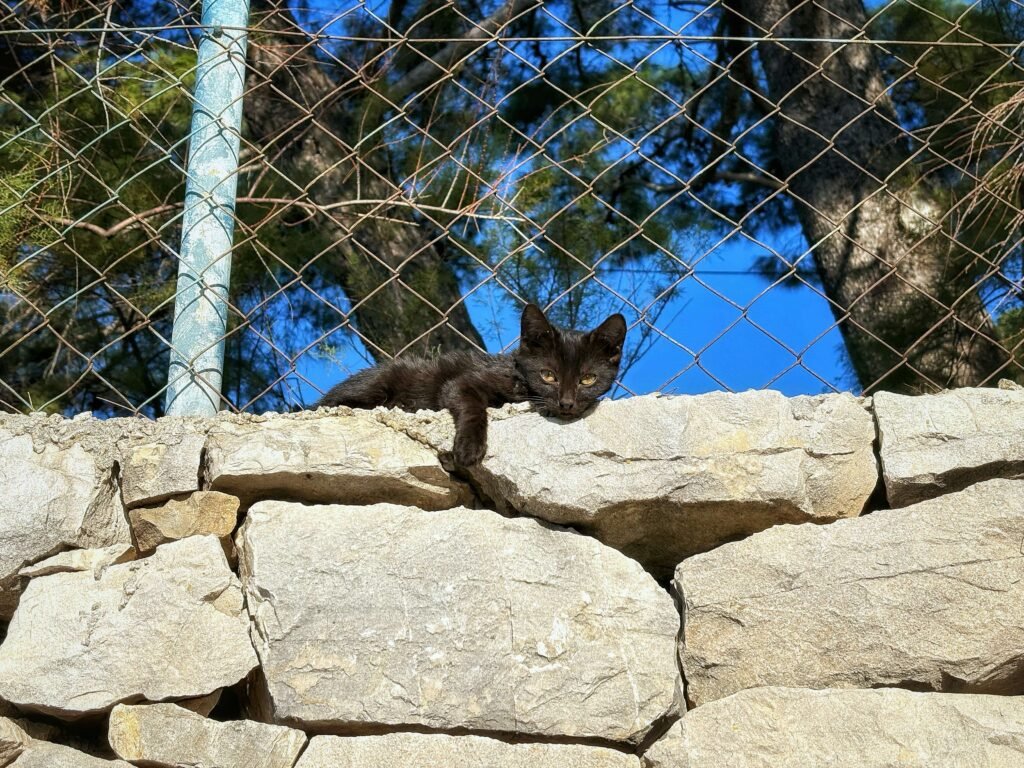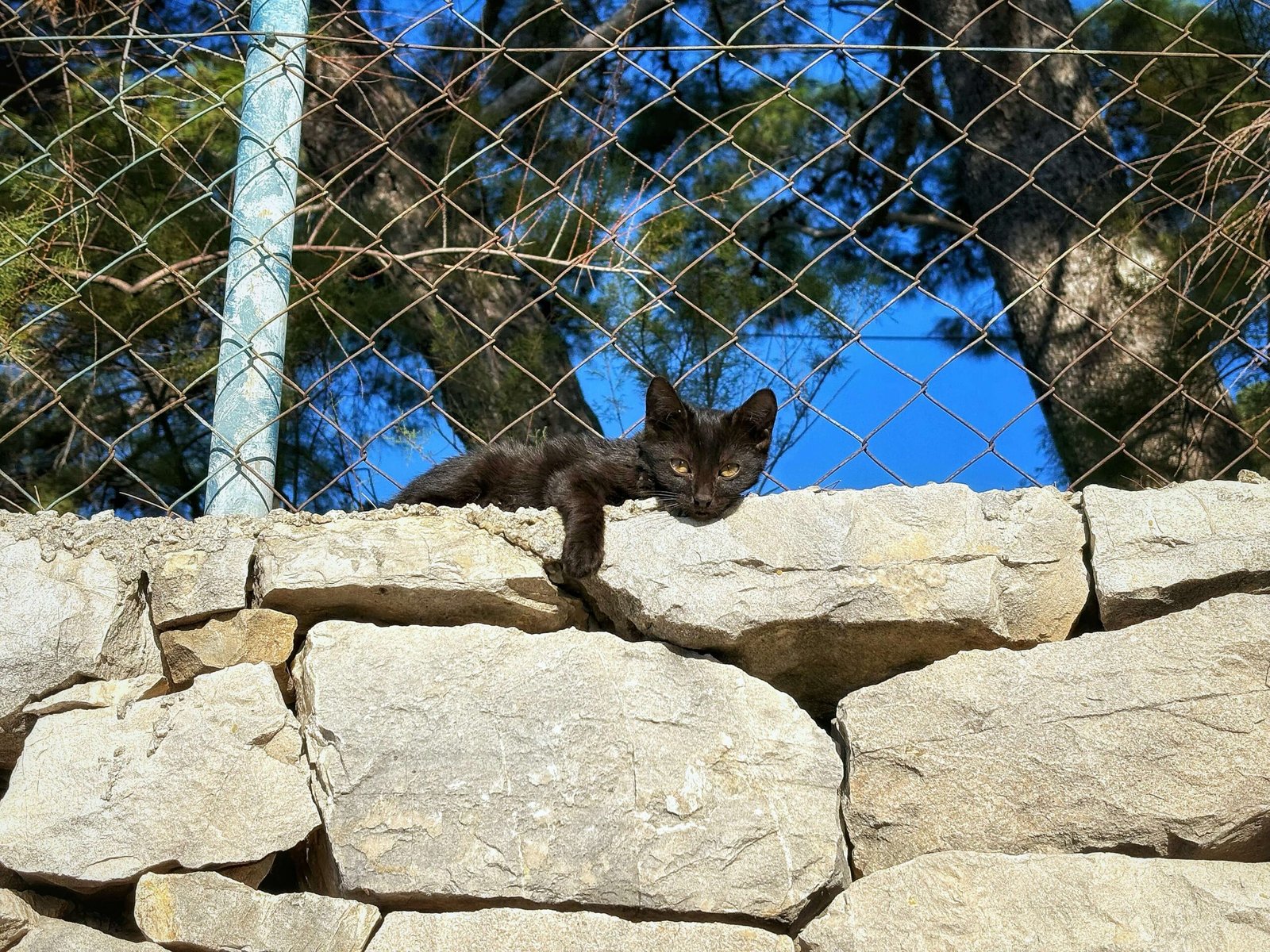How to Get a Feral Cat to Trust You: Building a Bridge of Compassion
Feral cats are often misunderstood creatures, navigating the world with caution and resilience. Unlike domesticated cats, feral cats have had little to no human interaction, making trust a rare and precious gift they give only to those who earn it. If you’re wondering how to get a feral cat to trust you, patience, consistency, and respect for their boundaries are essential. Gaining the trust of a feral cat requires understanding their instincts, creating a safe environment, and approaching them with kindness.
In this blog post, we’ll guide you through practical steps to build a connection with a feral cat, helping them transition from wary outsider to trusting companion. Whether you’re hoping to provide care or simply make a positive impact on their life, these tips will help you foster a meaningful bond.
Essential Steps to Begin Earning a Feral Cat’s Trust
The first interactions with a feral cat are crucial in establishing a foundation of trust. These cats are naturally cautious, so it’s important to approach them gently and avoid overwhelming them. Here are some essential steps to start building trust:
Observe from a Distance
Spend time watching the cat from afar to understand their habits, routines, and comfort zones without intruding.Speak Softly and Calmly
Use a soothing voice when speaking to the cat, as harsh tones can scare them away.Avoid Direct Eye Contact
Direct eye contact can be perceived as a threat; instead, blink slowly to signal friendliness.Offer Food Consistently
Provide food at the same time and place daily to establish a sense of routine and security.Respect Their Space
Allow the cat to approach you on their terms, rather than forcing interaction.
By following these steps, you’ll create a foundation of trust that encourages the feral cat to feel more comfortable around you over time.
Creating a Safe Environment for the Feral Cat
A safe and welcoming environment is crucial for gaining the trust of a feral cat. These cats are naturally cautious and require a space where they feel secure and unthreatened. Here are some ways to create a comforting atmosphere:
Choose a Quiet Location
Select a calm area away from loud noises or heavy foot traffic where the cat can relax.Provide Shelter
Set up a small shelter using a box, blanket, or pet bed to give them a cozy place to retreat.Keep Predators Away
Ensure the area is free from other animals that might intimidate or harm the feral cat.Maintain Cleanliness
Regularly clean the feeding and resting areas to prevent odors and attractants like pests.Introduce Familiar Scents
Place items with familiar scents, such as unwashed clothing, near their shelter to help them feel secure.
By creating a safe haven, you’ll show the feral cat that you’re a reliable and trustworthy presence in their life.
Check this guide 👉How to Tame a Feral Cat: Best 7 Expert Tips!
Check this guide 👉Ashera Cat Price: Best 7 Expert Tips!
Check this guide 👉The Mythical Chimera Cat: Best 7 Expert Tips!

Ways to Build Trust | Common Mistakes to Avoid |
|---|---|
Offer food consistently | Forcing physical contact too soon |
Speak softly and use slow blinks | Making sudden movements or loud noises |
Respect their personal space | Chasing or cornering the cat |
Provide shelter and comfort | Neglecting cleanliness of the area |
Be patient and consistent | Giving up too quickly |
Signs That the Feral Cat Is Beginning to Trust You
As you work on building trust, there are subtle signs that indicate progress. Recognizing these signals can motivate you to continue your efforts. Here’s what to look for:
Approaching Closer
The cat may begin to come nearer to you, even if they still keep a safe distance.Purring or Vocalizing
Purring or soft meows can signify that the cat feels more relaxed in your presence.Rubbing Against Objects
Cats often rub against objects to mark them with their scent, showing they consider you part of their territory.Making Eye Contact
If the cat looks at you directly and blinks slowly, it’s a sign of growing trust and affection.Accepting Food from Your Hand
When the cat takes food directly from you, it’s a significant milestone in your relationship.
These signs are encouraging indicators that your efforts are paying off and that the cat is starting to see you as a trusted ally.
Tips for Strengthening Your Bond with the Feral Cat
Once the feral cat begins to trust you, it’s important to nurture that bond further. Here are some tips to deepen your connection:
Engage in Playtime
Use toys like wand teasers or balls to engage the cat in playful activities and build rapport.Offer Treats and Rewards
Reward positive behavior with treats to reinforce their trust and association with you.Spend Time Together Daily
Dedicate a few minutes each day to sit quietly near the cat, allowing them to get used to your presence.Groom Them Gently
If the cat allows it, try gently brushing their fur to mimic grooming behaviors between cats.Be Patient and Persistent
Building trust takes time, so remain consistent in your efforts, even if progress seems slow.
By strengthening your bond, you’ll create a lasting connection that benefits both you and the feral cat.
Common Challenges When Building Trust with a Feral Cat
While earning a feral cat’s trust is rewarding, it can also come with challenges. Understanding these obstacles can help you navigate them more effectively. Here are some common difficulties you might encounter:
Fear of Humans
Many feral cats have had little to no positive interaction with people, making them naturally wary of human presence.Territorial Behavior
Feral cats may feel protective of their space and resist your attempts to approach them.Health Issues
Injuries or illnesses can make a feral cat more defensive or less likely to engage with you.Environmental Distractions
Noise, traffic, or other animals in the area can disrupt your efforts to connect with the cat.Slow Progress
Building trust takes time, and slow progress can sometimes feel discouraging.
By recognizing these challenges, you can adjust your approach and remain patient as the bond develops.
How to Introduce a Feral Cat to Other Pets
If you already have pets at home and are considering bringing a feral cat into the mix, introductions must be handled carefully. Here are some tips to ensure a smooth transition:
Keep Them Separated Initially
Allow the feral cat to settle in a separate room before introducing them to other pets.Use Scent Exchange
Swap blankets or toys between the feral cat and your other pets to familiarize them with each other’s scents.Supervised Meetings
Introduce the animals in short, supervised sessions to prevent overwhelming either party.Provide Escape Routes
Ensure the feral cat has access to safe spaces where they can retreat if they feel threatened.Reward Calm Behavior
Praise and reward all pets for remaining calm and non-aggressive during interactions.
With patience and careful planning, you can foster harmony between the feral cat and your existing pets.
Signs That a Feral Cat May Be Ready for Adoption
If you’re considering adopting a feral cat, it’s important to assess whether they’re ready for the transition. Here are signs that indicate the cat may be prepared for a forever home:
Consistent Interaction
The cat seeks out your company regularly and enjoys spending time near you.Comfort Indoors
They appear relaxed and content in indoor environments, showing no desire to escape.Healthy Eating Habits
The cat eats well and maintains a healthy weight, indicating they’re adjusting to stability.Reduced Fearfulness
They show minimal fear of household noises, movements, or new experiences.Affectionate Behavior
The cat displays affection, such as purring, rubbing against you, or sitting on your lap.
These signs suggest the feral cat is emotionally and physically ready for a loving home, making adoption a viable option.
Frequently Asked Questions About Gaining a Feral Cat’s Trust
How long does it take for a feral cat to trust a human?
It varies depending on the cat’s personality and experiences, but it can take weeks, months, or even longer.
Should I pick up a feral cat immediately?
No, picking them up too soon can cause fear; wait until they are fully comfortable with you.
What kind of food should I offer a feral cat?
Start with wet food or high-quality dry kibble, as it’s appealing and easy to digest.
Can I adopt a feral cat after gaining their trust?
Yes, but ensure you address any health or behavioral issues before bringing them into your home.
What if the feral cat runs away?
Stay patient and continue leaving food; many feral cats return once they feel safe again.
Final Thoughts: The Reward of Earning a Feral Cat’s Trust
Gaining the trust of a feral cat is a journey filled with challenges, rewards, and unforgettable moments. By approaching the process with empathy, patience, and consistency, you can transform a wary feline into a loving companion. Remember, every small step forward is a victory, and the bond you build will enrich both your lives. Whether you choose to adopt the cat or simply provide them with care and support, your kindness makes a profound difference. So take the time to connect with these remarkable animals—they may just surprise you with their resilience and capacity to love.
Understanding Bone Supplement for Cats: Best 7 Expert Tips! – Safe, vet-approved guidance for strong feline bones & balanced nutrition.
Bone Supplement for Dogs: Best 7 Expert Tips! – Expert guide to calcium, collagen & bone health for every life stage.
Understanding Can Cats Get Sunburn: Best 7 Expert Tips! – Protect your feline from UV damage with vet-backed prevention strategies.
How to Train a Seizure Alert Dog: Best 7 Expert Tips! – Learn expert-backed steps to nurture natural instincts into reliable, life-saving seizure alerts.





